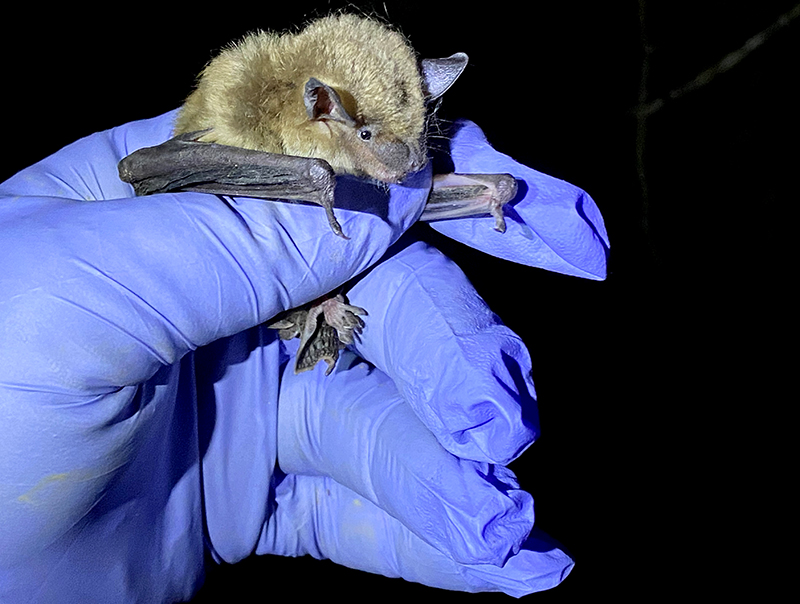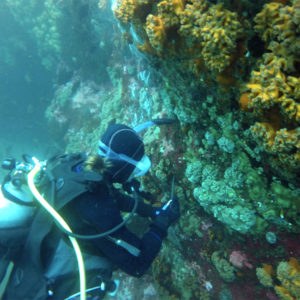
Research aims to tackle problems measuring biodiversity change
We’ve all heard about dwindling biodiversity across the planet, but it turns out scientists have a difficult[…]

It’s a scary time for bats
While a spooky symbol of Halloween, bats around the world are facing threats of extinction. Bryan Carstens,[…]

Diving into sea anemone research
Heather Glon has trouble keeping her head above water — mainly because her research requires her to travel[…]

A look at the “Jane Goodall of penguins”
Dee Boersma has been called the Jane Goodall of penguins. An adorably curious, roughly 2-foot-tall Magellanic penguin[…]

Scientists program proteins to pair exactly
While the Ohio State Buckeyes and Washington Huskies prepared to butt heads in the Rose Bowl on[…]

Machine learning helps predict endangered plant species
There are many organizations monitoring endangered species such as elephants and tigers, but what about the millions[…]

A close-up look at the whirlpool around gigantic black hole
Imagine if you could see something the size of a coin at the distance of the moon.[…]
Videography
Behind the Scenes of “Legally Blonde” at Ohio State The Ohio State University Department of Theatre’s[…]